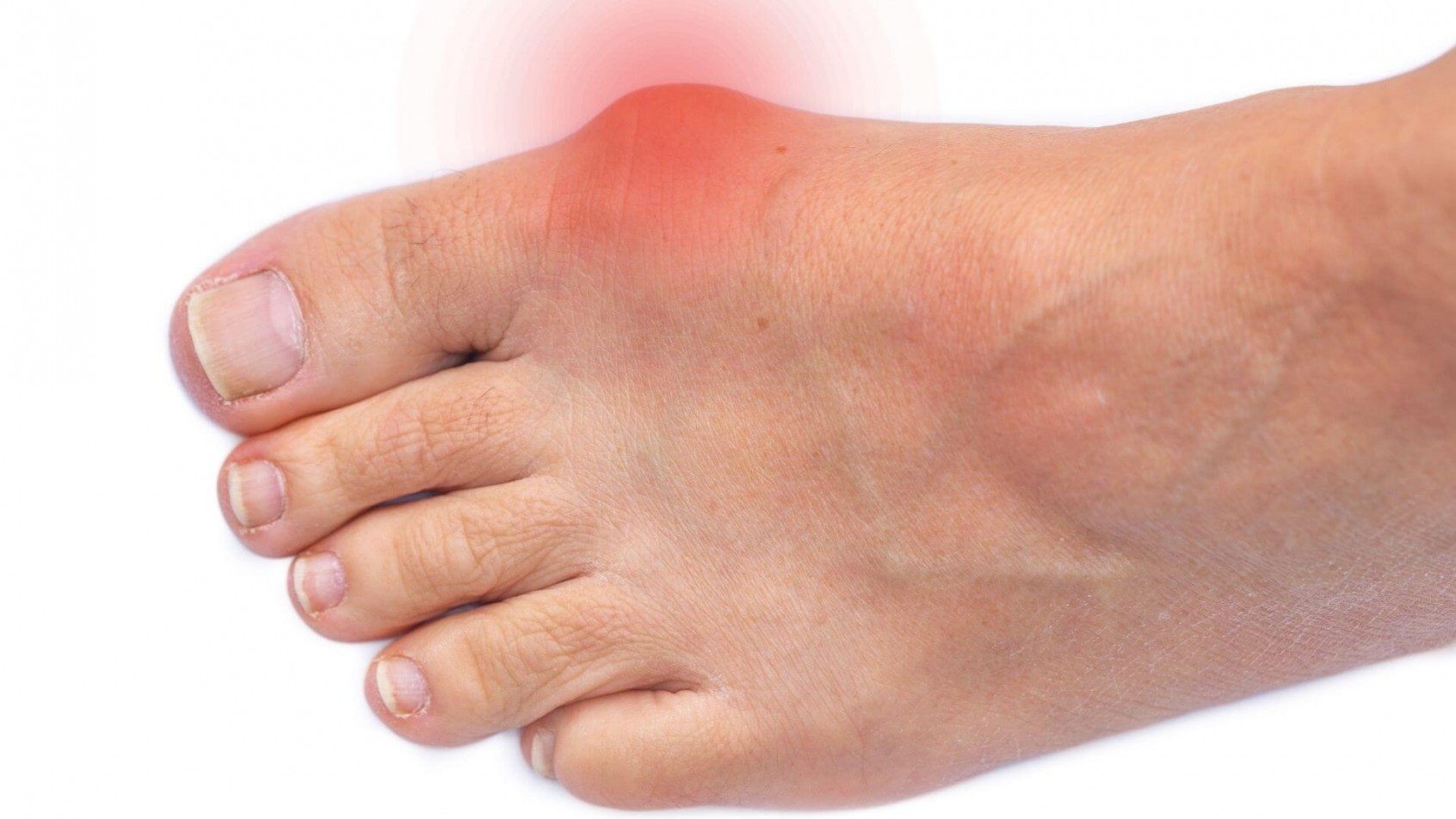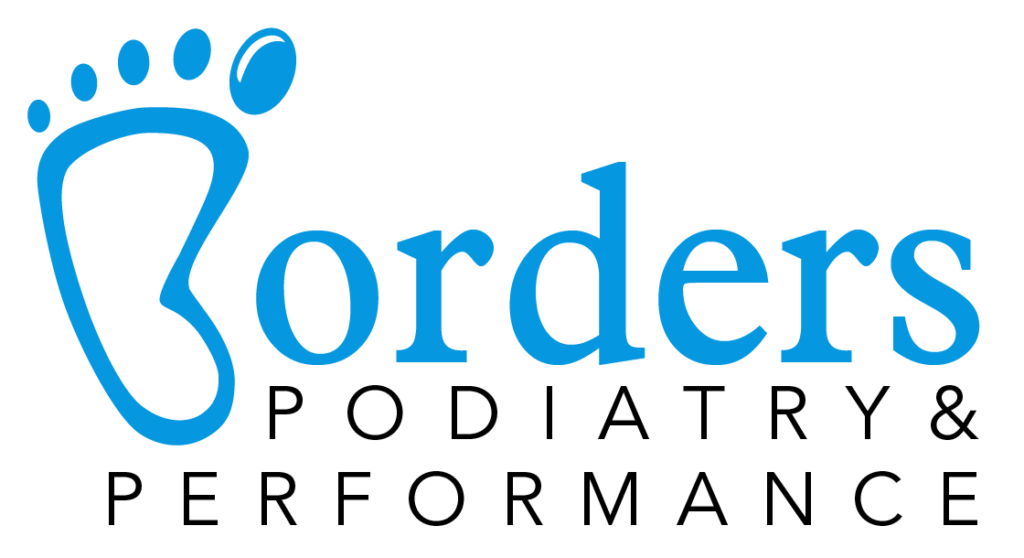
Welcome to the Borders Podiatry and Performance Clinic blog! Today, we’re delving into the world of bunions—a common foot condition also known as Hallux Abducto-Valgus (HAV)—that affects millions worldwide. In this comprehensive guide, we’ll explore what bunions are, what causes them, their symptoms, and the various treatment options available to alleviate discomfort and improve foot health. Additionally, we’ll delve into advanced treatment modalities such as Class 4 Pulsed Laser Therapy, steroid injections, and Ostenil injections, aimed at managing symptoms effectively.
What are Bunions (HAV)?
Bunions, or Hallux Abducto-Valgus, are bony bumps that form at the base of the big toe joint. They develop gradually, often causing the big toe to lean towards the second toe instead of pointing straight ahead. This misalignment of the bones can result in pain, inflammation, and difficulty wearing certain shoes.
Causes of Bunions (HAV)
Several factors can contribute to the development of bunions:
- Genetics: Bunions can run in families, suggesting a genetic predisposition.
- Foot Structure: Individuals with flat feet or low arches may be more prone to developing bunions.
- Improper Footwear: Wearing tight, narrow, or high-heeled shoes can force the toes into an unnatural position, increasing the risk of bunions.
- Foot Injuries: Trauma or injury to the foot can sometimes lead to the development of bunions.
- Medical Conditions: Certain conditions, such as arthritis, can contribute to the formation of bunions.
Symptoms of Bunions (HAV)
Bunions can cause a range of symptoms, including:
- Pain or soreness around the big toe joint.
- Swelling and inflammation.
- Redness or tenderness at the base of the big toe.
- Corns or calluses developing where the first and second toes overlap.
- Limited movement of the big toe.
- Difficulty fitting into shoes comfortably, especially narrow or pointed styles.
Treatment Options
While bunions are typically progressive, there are several treatment options available to manage symptoms and prevent further progression:
- Footwear Modifications: Footwear modifications involve wearing shoes that provide ample space and support for the foot, particularly around the bunion area. Opting for shoes with a wide toe box can help reduce pressure on the bunion and alleviate discomfort. Avoiding high heels and narrow, pointed shoes can also prevent exacerbation of symptoms. Additionally, choosing shoes with cushioning and shock-absorbing features can provide added comfort and support for individuals with bunions. If the range of motion at the toe is reduced then a shoe with a rocker sole, such as Hoka, may provide symptomatic relief.
- Orthotic Devices: Orthotic devices, such as custom-made shoe inserts or orthotic insoles, can help correct foot mechanics and redistribute pressure away from the bunion. These devices are designed to support the arch of the foot, improve alignment, and reduce strain on the affected joint. By providing stability and cushioning, orthotics can help alleviate pain and prevent further progression of the bunion deformity. They are often prescribed by a podiatrist and tailored to the individual’s specific foot structure and needs.
- Padding and Taping: Padding and taping techniques can provide temporary relief by cushioning the bunion and reducing friction. Specialised bunion pads or cushions can be applied over the bony protrusion to protect it from rubbing against footwear. Additionally, taping the affected toe can help realign it temporarily, relieving pressure and discomfort. These methods are simple yet effective ways to manage symptoms and improve comfort while wearing shoes.
- Medications: Over-the-counter pain relievers such as ibuprofen or paracetamol can help alleviate pain and inflammation associated with bunions. These medications can provide short-term relief for individuals experiencing discomfort. Additionally, topical creams or gels containing anti-inflammatory ingredients may be applied to the bunion area to reduce pain and swelling. It’s essential to consult with a healthcare professional before using any medication, especially if you have pre-existing medical conditions or are taking other medications.
- Exercise Rehabilitation: Rehab plays a crucial role in managing bunions by focusing on strengthening the muscles and improving flexibility in the feet and lower limbs. Our Podiatrists can prescribe specific exercises and stretches to help improve foot mechanics, reduce muscle imbalances, and enhance joint mobility. Additionally, techniques such as manual therapy and Class 4 Laser may be used to alleviate pain and promote healing. Exercise Rehabilitation can complement other treatment modalities and contribute to long-term relief from bunion-related symptoms.
- Surgical Intervention: In cases where conservative treatments fail to provide adequate relief or the bunion is severe and causing significant pain and functional impairment, surgical intervention may be necessary. Bunion surgery, also known as a bunionectomy, aims to realign the bones of the big toe joint and correct the deformity. There are various surgical techniques available, depending on the severity of the bunion and individual factors. Recovery from bunion surgery can take several weeks to months, and it’s essential to follow post-operative instructions provided by the surgeon to ensure successful outcomes.
By incorporating these treatment options into a comprehensive care plan, individuals with bunions can effectively manage symptoms, improve foot function, and enhance overall quality of life. It’s important to consult with one of our Podiatrist to determine the most appropriate treatment approach based on individual needs and the severity of the condition.
Advanced Treatment Options
In addition to traditional treatments, advanced modalities such as Class 4 MLS Laser Therapy, Steroid injections, and Ostenil injections can provide effective symptom management and relief for individuals with bunions.
- Class 4 MLS Laser Therapy: Class 4 Laser Therapy is a cutting-edge treatment that utilises high-intensity laser to target the affected area. This therapy penetrates deep into the tissues, promoting cellular regeneration and enhancing blood circulation. For bunions, Class 4 lasers can help alleviate pain and inflammation associated with the condition. By stimulating the body’s natural healing processes, laser therapy can reduce swelling, improve tissue repair, and alleviate discomfort. Additionally, it can aid in reducing the size of the bunion and improving joint function, thus enhancing overall foot health.
- Steroid Injections: Steroid injections, also known as corticosteroid injections, are a common treatment option for managing inflammation and pain associated with bunions. During this procedure, a corticosteroid medication is injected directly into the joint. Steroids work by reducing inflammation and suppressing the immune response, thereby alleviating pain and swelling. This treatment can provide temporary relief for individuals experiencing acute flare-ups of bunion-related symptoms. However, it’s important to note that steroid injections are typically used judiciously due to potential side effects, and they may not address the underlying cause of the bunion.
- Ostenil Injections: Ostenil injections contain hyaluronic acid, a substance naturally found in the body’s joints, including the big toe joint affected by bunions. Hyaluronic acid acts as a lubricant and shock absorber within the joint, helping to reduce friction and improve joint function. Ostenil injections are administered directly into the affected joint, where they help restore lubrication and cushioning, thus reducing pain and enhancing mobility. This treatment is particularly beneficial for individuals with bunions who experience discomfort during movement or weight-bearing activities. Ostenil injections can provide long-lasting relief and may be recommended as part of a comprehensive treatment plan for managing bunions.
By incorporating these advanced treatment options into a comprehensive care plan, individuals with bunions can experience significant improvements in symptoms and overall foot health. It’s essential to consult with a qualified podiatrist to determine the most appropriate treatment approach based on individual needs and medical history. With the right combination of therapies, individuals can effectively manage bunions and enjoy improved quality of life.
Conclusion
Bunions, or Hallux Abducto-Valgus, can significantly impact quality of life, but with proper understanding and treatment, their impact can be minimised. If you’re experiencing symptoms of bunions or have concerns about your foot health, don’t hesitate to consult with one of our qualified Podiatrists. At Borders Podiatry and Performance Clinic, we’re dedicated to helping you achieve optimal foot health and wellness. Stay informed, stay proactive, and take the necessary steps to care for your feet—they’ll thank you for it!
If you would like to book an appointment click here and select Option 3 – Foot & Ankle Pain.
